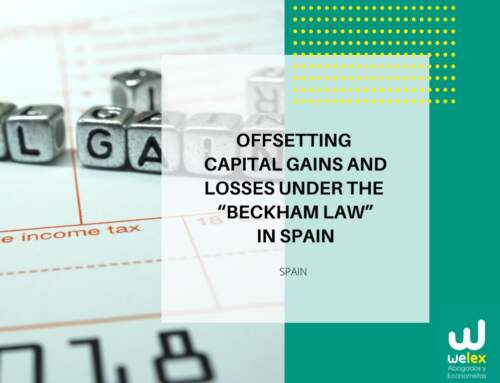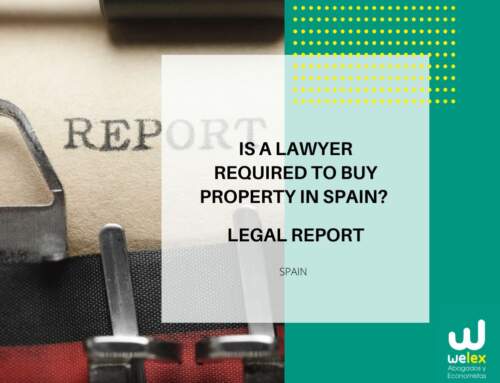Our law firm in Marbella is pleased to provide you with more information regarding the cadastral value of your property in Spain, which is closely related to the real estate tax.
Cadastral values in Spain
The cadastral values are administrative values that have been determined for each property located in the Spanish Territory. These values are determined by the specific municipality where the property is located.
The cadastral values are determined based on the following variables:
1-The location of the real estate property, the urban qualification
2-The taxes levied on the construction, the taxes for the particular year that the building was constructed, among others
3-The value of the land and the construction
Through a ministerial order, the reference coefficient was established at 0.5 of the market price since the entry into force of the decision.
It was therefore determined that the cadastral value cannot, in any case, exceed the market price of the real estate.
The Real Estate Cadastral Law foresees that the fees should be updated by means of the law of the general budgets of the State, and in its Article 1, it includes the coefficients to update the cadastral values for the year 2018.
The values to update the coefficients are determined for 2018 according to the following table:
| Year of entrance of the values | Updating coefficient |
| 1984, 1985, 1986, 1987, 1988, 1989 y 1990 | 1,08 |
| 1994 | 1,07 |
| 1995 | 1,06 |
| 1996 | 1,05 |
| 1997, 1998, 1999 y 2000 | 1,04 |
| 2001, 2002 y 2003 | 1,03 |
| 2005, 2006, 2007, 2008, 2009 y 2010 | 0,96 |
| 2011 | 0,95 |
| 2012 | 0,91 |
What is the cadastral value for?
The cadastral value is extremely important for many types of taxes such as the Real Estate Tax (IBI).
What is the IBI exactly?
Its full name is the Real Estate Tax (Impuesto sobre Bienes Inmuebles).
It is not a tax that is assigned to all people, but it is assigned to the owners of real estate, apartments, commercial premises, villas, plots of land, etc. The owners of the real estate have to pay this local tax, and the taxes are used to finance the town councils.
How is the real estate tax calculated?
The calculation of the IBI is relatively complex. The amount is calculated based on the aforementioned cadastral value and a percentage of that cadastral value. Each municipality can incorporate bonuses according to the type of real estate or according to the criteria of the family that owns the property such as large families, disabled people, and other categories.
Will the IBI increase or decrease next year?
The real estate tax will most likely decrease if your property in Spain has a cadastral value that was assigned in the year 2005 onwards. The IBI of your property, however, will increase if the cadastral value was assigned prior to 2005.
If you want to sell your property in Spain, who pays the IBI?
The answer to this question is regulated by the local lax law. The owner of the property on January 1st of the year in which the sale takes place is the one who has the obligation to pay the IBI for the full year. However, the Supreme Court stated in a court ruling of 2016 that if there is no agreement to the contrary, the seller that paid the IBI of that year may require the buyer to pay a portion of the IBI based on the date of delivery of the property.
More information on this subject can be found here: https://www.welex.es/who-has-to-pay-the-rates-on-properties-in-spain-the-spanish-ibi-in-the-year-that-the-property-is-being-sold/
Contact our multilingual conveyancing lawyers in Marbella at Welex for any of your legal, tax-related or accounting questions.






Social Media